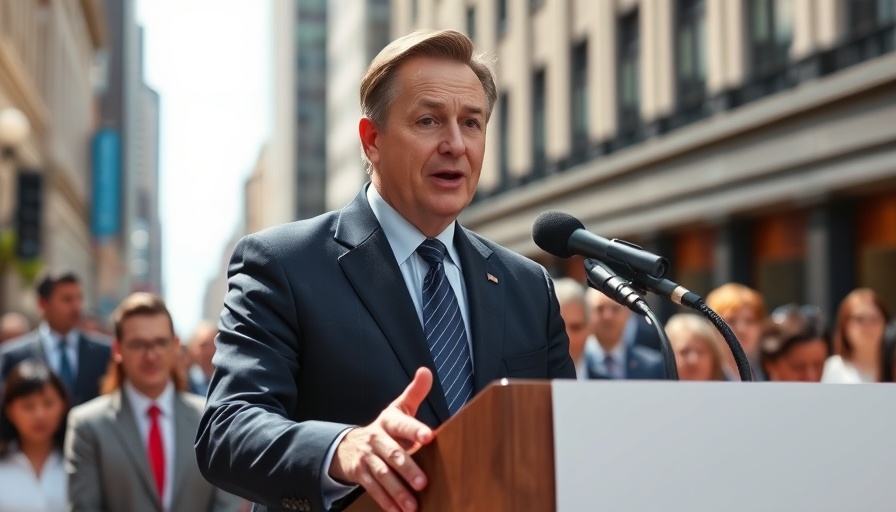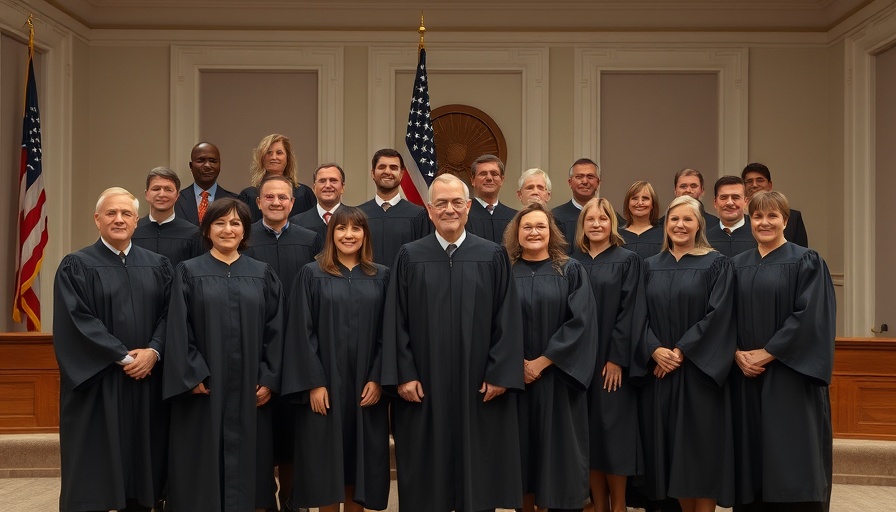
The Highlight of American Manufacturing: Vance's Visit
On Friday, Vice President JD Vance will visit a Vantage Plastics factory near Bay City, Michigan—a location chosen to emphasize what his administration refers to as America’s "industrial resurgence." The factory, which was awarded a hefty $1.2 million grant from the state of Michigan to expand its operations and keep jobs local rather than moving to Nevada, has pledged to create 93 new jobs. However, the average pay for these jobs, at $20 an hour, is notably below Michigan’s median wage. This situation raises important questions about the quality of jobs being created in the manufacturing sector.
What Does America’s Industrial Resurgence Mean?
As Vice President Vance looks to celebrate new manufacturing jobs, many are questioning the narrative behind this push. The job creation claims, while significant, gloss over what constitutes a resurgence. In recent months, manufacturing jobs in the U.S. have seen a slight uptick, but the reality is more nuanced. There's a growing concern that the jobs created may not significantly elevate the living standards of American workers.
Historical Context: The Shift in Manufacturing
The revival of manufacturing jobs is often intertwined with political rhetoric. Vance’s focus mirrors past claims during the Trump administration that heralded the return of jobs lost in previous decades. Yet, crucial analyses suggest that these new jobs, including those at Vantage Plastics, may not represent the high-paying, stable positions that many working-class Americans seek.
For years, manufacturing jobs were a cornerstone of the American economy; however, many transitioned overseas, leading to significant job losses particularly in the Rust Belt. The recent focus has been on bringing these jobs back, albeit primarily through policies aimed at reshaping international trade agreements.
Local vs. National Perspectives: Economic Policies Impacting Michigan
Vance's visit is set against the backdrop of broader national economic policies and their implications for state-level operations. Critics argue that while the discussion of American manufacturing gains traction, they often overlook the effects of protective tariffs and increasing operational costs on local enterprises. JD Vance is seen as an advocate for domestic jobs, but critics note that the trade strategies he supports may complicate the short-term stability of industries reliant on affordable materials from international markets.
Analyzing Current Events: Vance's Narrative Amidst Job Growth
This event comes at a pivotal time in U.S. politics where claims of job growth are juxtaposed with actual economic experiences. In February alone, the national economy reportedly gained 10,000 manufacturing jobs. Critics, including analysts from the Washington Post, suggest that these figures, although presented as strong, include smaller operations that might not constitute traditional manufacturing but rather numerous small businesses thriving under the label.
The Importance of Good-Paying Jobs
While the announcement of jobs is indeed uplifting for local communities, it raises an essential question: are these high-quality jobs? Governors and advocates for manufacturing jobs must prioritize not just the quantity of jobs created but the quality and sustainability of those positions. Citizens deserve transparency about whether these new roles will enable struggling families to build a future or merely maintain the status quo.
Concluding Thoughts: The Future of U.S. Manufacturing
As JD Vance promotes the notion of a manufacturing resurgence at Vantage Plastics, it becomes crucial for local communities to critically assess the implications of such employment opportunities. Are we witnessing a true revitalization of American industry, or just a rebranding of underwhelming employment prospects? It is vital for leaders in both state and federal government to ensure that their narratives align with tangible benefits for the middle class. As discussions evolve surrounding manufacturing policies and tariffs, public engagement and scrutiny remain essential in shaping policies that genuinely uplift communities.
 Add Row
Add Row  Add
Add 




Write A Comment